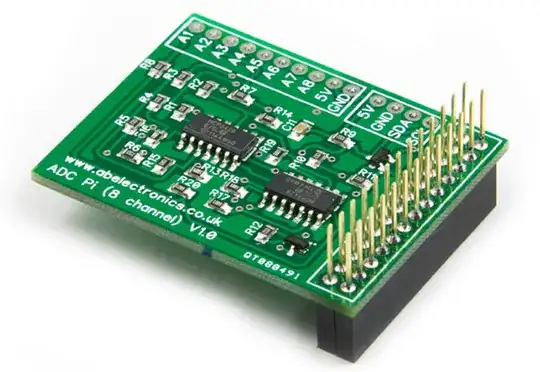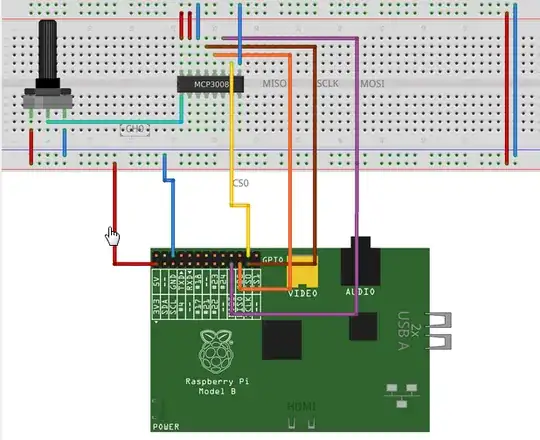I'm just wondering whether or not this Electret Microphone Amplifier - MAX4466 will be sufficient enough for the project that I'm planning?
My project
I plan to connect the microphone up and accept input. This input is then converted to a .wav file (using Python). Once the .wav file is generated, it then passes to a library that I've written in C++ which handles the .wav file and then sends a signal back to the Pi.
The programming isn't a problem, it's just essentially the hardware. If I purchased this, as well as a breadboard, and found some designs out there, would this therefore work? I don't want to connect a USB microphone up.


